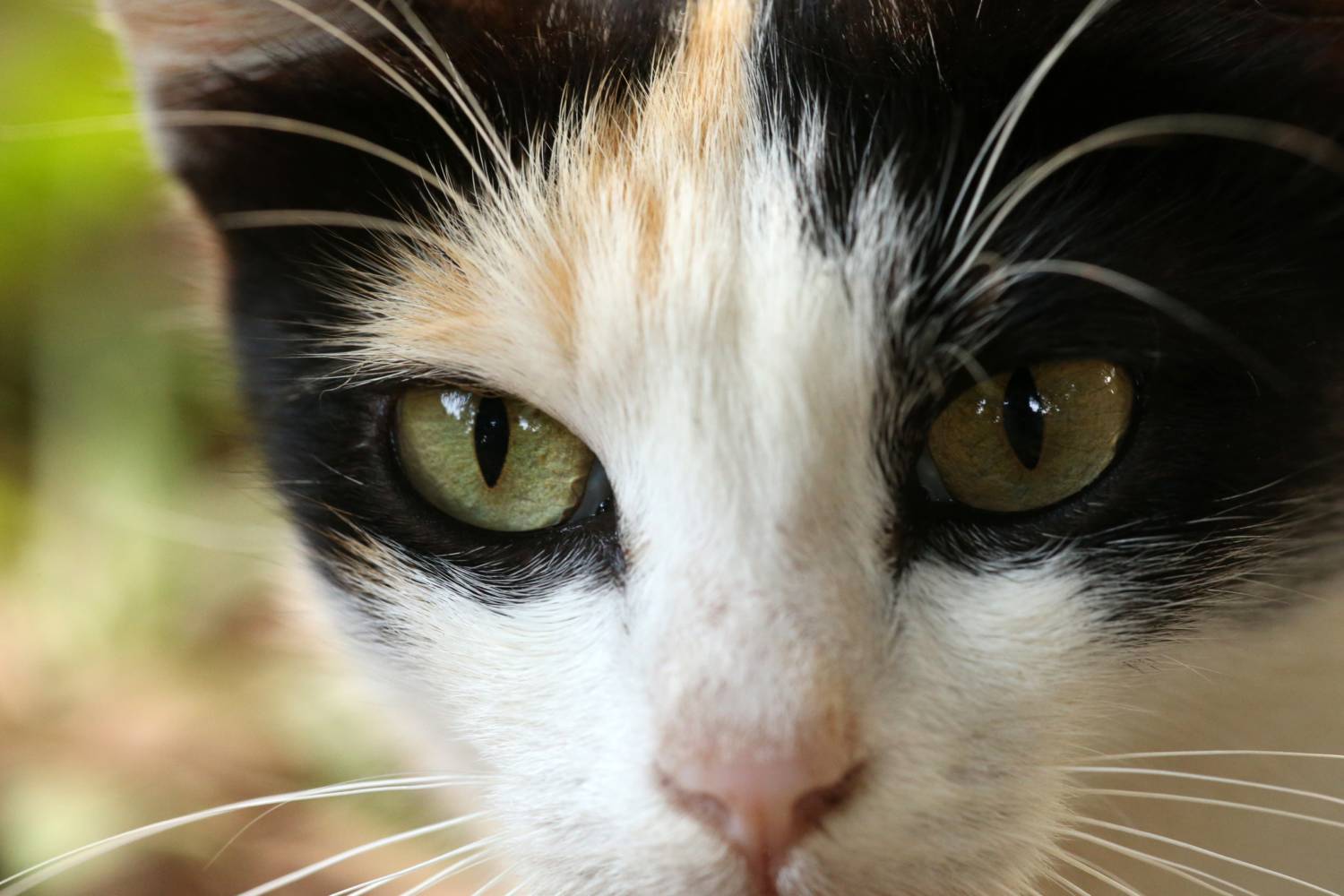In a groundbreaking study, researchers have unveiled the first comprehensive mapping of eye color evolution in cats, uncovering an unexpected ancestral link behind the mesmerizing variety of feline peepers, ranging from the yellow-eyed tigers to the blue-eyed snow leopards.
Published on the preprint database bioRxiv on Oct. 9, the study by lead author Julius Tabin, a graduate researcher and doctoral student at Harvard University, presents a computer model that identifies different eye colors in living cats and predicts their evolutionary placement on the feline family tree.
While yet to undergo peer review, the study has garnered positive reactions from fellow researchers.
Tabin and his co-author examined over 40 cat species, documenting their eye colors by analyzing online images.
Their statistical model, combining this data with existing knowledge of evolutionary relationships among cats, indicated that the common ancestor of all cats likely had gray and brown eyes.
The prevalence of gray eyes in modern cats acts as a crucial intermediary between the initial brown eyes and the diverse colors seen today.
Excluding selectively bred domestic cats, the study identifies five major eye colors within the Felidae family: brown, gray, yellow, green, and blue.
Various cat species, such as Amur leopards, rusty-spotted cats, southern African wildcats, and lynx, exhibit up to four different eye colors.
The study attributes eye color to two pigments, eumelanin and pheomelanin, with brown eyes having more eumelanin, yellow eyes more pheomelanin, and gray eyes moderate amounts of both.
Blue and green eyes contain lower levels of both pigments.
While Tabin and his co-author pinpointed gray eyes’ emergence to a random mutation in the unidentified ancestor of all cats, the factors driving the emergence of other colors remain uncertain.
The absence of convincing correlations between eye color and other characteristics led Tabin to suspect mate choice preferences, akin to human eye color variation driven by sexual selection.
However, researchers not involved in the study have proposed alternative explanations. Shu-Jin Luo, an evolutionary geneticist at Peking University, suggested eye color might be a “side effect” of selection for coat color, while Rosalyn Price-Waldman, an evolutionary biologist and Princeton University doctoral candidate, proposed that, as long as the eye colors aren’t detrimental, they could evolve randomly.
(With information from MSN)






